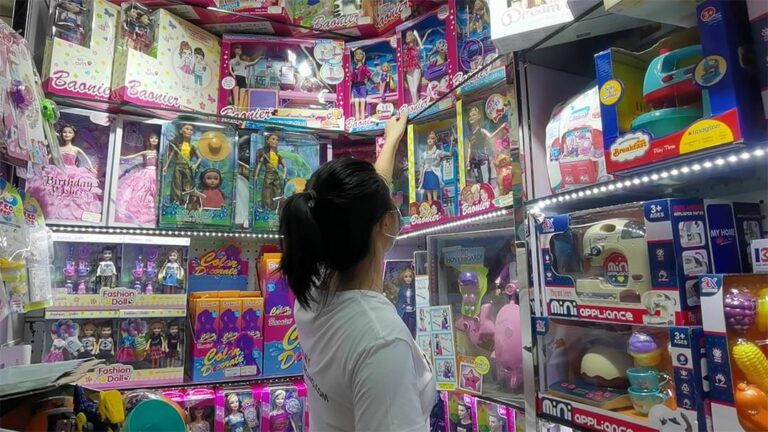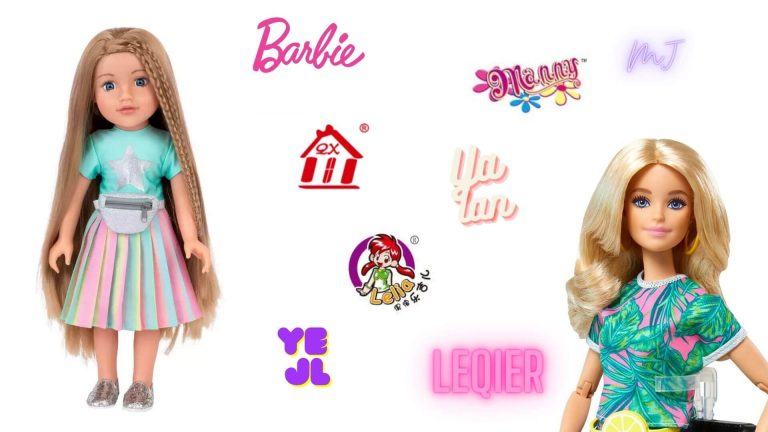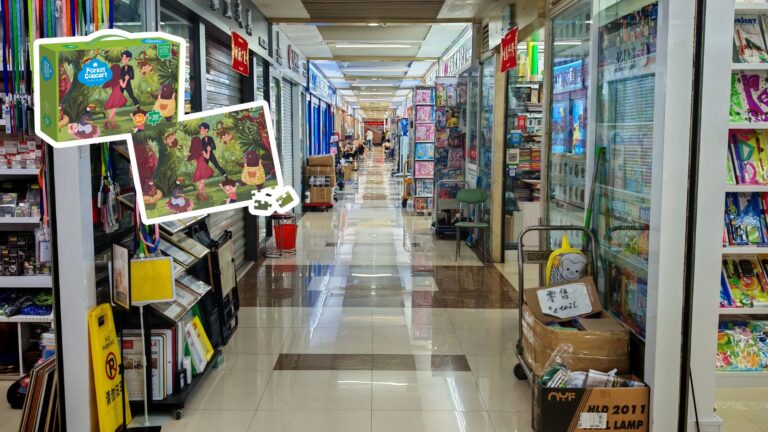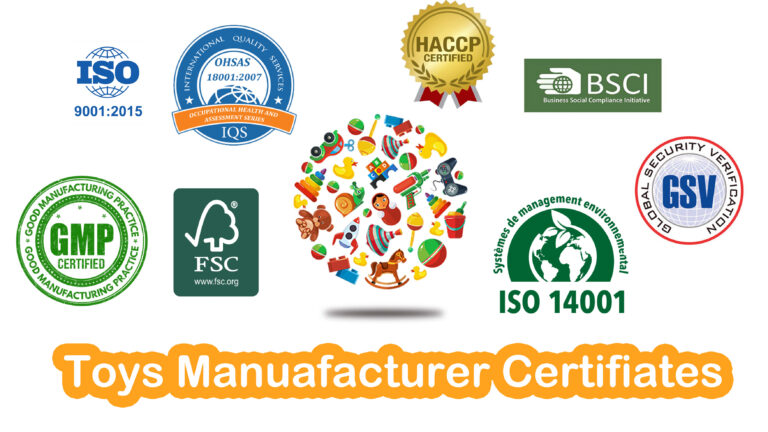Global Toy Industry Market Analysis 2025: Trends, Segments, and Opportunities
Table of Contents
ToggleGlobal Toy Industry Market Analysis 2025
In recent years, the global toy market has witnessed steady growth, driven by rising living standards and increasingly diverse consumer demands. Parents today are not only seeking entertainment for their children but also value toy safety, educational benefits, and smart features powered by emerging technologies like AI and IoT.
📈 Market Size Overview
According to industry data, the global toy market was valued at approximately USD 95 billion in 2019 and is projected to reach USD 120 billion by 2025, with a CAGR of around 5%.
China’s toy market alone is forecasted to grow from USD 35 billion in 2019 to USD 50 billion in 2025, showing a higher CAGR of 6%, making it one of the most promising regions globally.
🧸 Market Structure: Traditional vs. Smart Toys
The global toy industry can be broadly classified into two major segments:
Traditional Toys: Dolls, puzzles, building blocks, plush toys
Smart Toys: AI-powered robots, coding kits, voice-activated cars, and VR-enabled games
As digital integration becomes mainstream, smart toys are expected to account for 50% of the global toy market by 2025, signifying a strong shift toward technology-enabled play.
🔍 Competitive Landscape
The toy industry is fiercely competitive, with established global brands and emerging manufacturers vying for market share. Chinese toy companies are rapidly expanding internationally, focusing on innovation, product safety, and brand value to strengthen global presence. Future competition will be defined by quality, design, certifications, and innovation.
💡 Key Innovation Trends
To stand out in a saturated market, toy brands are exploring the following directions:
Smart Integration: Embedding AI, sensors, and interactive features to boost educational and play value.
Personalization: Customizing toys based on age, interest, or learning style through 3D printing or apps.
Sustainability: Using eco-friendly materials and packaging, aligned with global environmental goals.
Cross-Industry Collaborations: Partnering with entertainment, animation, or education sectors to co-develop new product lines.
🧩 Major Market Segments
Educational Toys
Designed to enhance cognitive, language, and social skills. Examples include building blocks, early learning devices, and STEM kits. Demand continues to grow as parents invest more in early childhood development.Entertainment & Collectibles
Includes dolls, action figures, and anime models. These products are highly appealing to both children and collectors, offering recreational and aesthetic value.Tech Toys
Incorporating electronics, AI, and VR/AR features, this segment is booming with products like programmable robots and virtual gaming experiences.Outdoor Toys
Includes sports gear, ride-ons, and adventure sets. These encourage physical activity and outdoor engagement, especially popular in Western markets.
🌍 Regional Market Insights
North America: The largest and most mature toy market. Emphasis on brand-name and high-end toys. U.S. leads in innovation adoption, while Canadian consumers favor domestic brands.
Europe: Markets like Germany, the UK, and France are driven by demand for sustainable, diverse, and innovative toys. Regulatory standards and eco-awareness shape product trends.
Asia-Pacific: Fastest-growing market, led by China. Rising middle-class income and cultural IPs (e.g., Japanese/Korean anime) fuel demand.
Latin America & Africa: Emerging markets with growing demand for affordable, high-value toys. Brands targeting these regions must balance cost-efficiency with quality.
🔮 Future Trends Shaping the Toy Industry
1. Smart Play with AI & Sensors
Smart toys now feature speech recognition, facial detection, and real-time learning customization. Educational robots and voice-responsive figures enable interactive learning.
2. VR and Immersive Experience
Virtual Reality is creating new dimensions of play, enabling children to explore, learn, and create in virtual environments that boost engagement.
3. Customization & 3D Printing
With on-demand production, children can now have toys tailored to their name, appearance, or learning needs—enhancing emotional connection and uniqueness.
4. Eco-Conscious Design
Biodegradable plastics, recycled materials, and low-carbon production are now key selling points, especially in Europe and North America.
Conclusion
The global toy industry is entering a new phase of transformation. As smart technologies, sustainability, and personalization become the norm, brands that innovate with purpose will lead the next wave of growth. For importers, wholesalers, and distributors, 2025 offers unprecedented opportunities—especially in smart educational toys and sustainable products.
Are you sourcing certified toys or OEM/ODM services in China?
Contact us to explore over 10,000+ toy models from verified factories across Yiwu, Shantou, and beyond.







